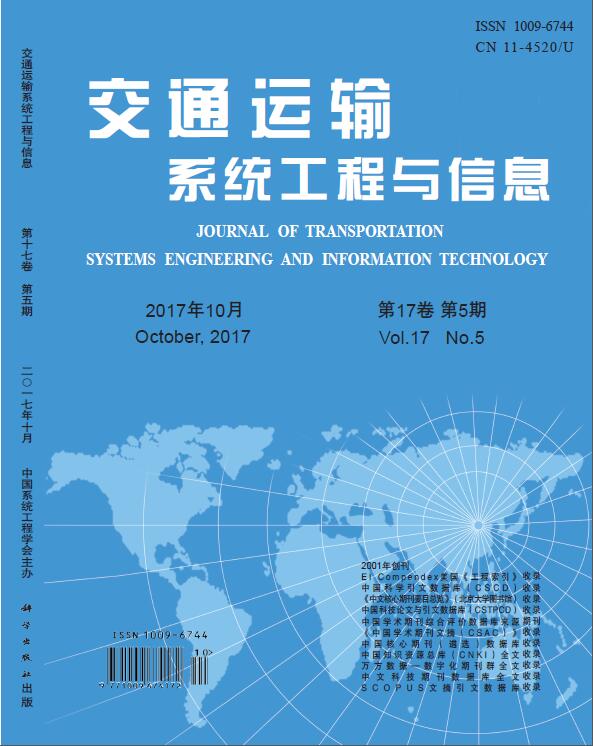To quantify the contribution of public transit to urban economy, Three panel data models are set up from three aspects of investment in fixed assets, municipal district population density and population employment, respectively, with public transportation development indicators, Jiangsu province as an example for empirical analysis is investigated. Study shows that public transit can significantly boost urban fixed asset investment, public transit mode at initial development stage should be given priority to enlarge the road network, and at relatively mature stage, the mode should be on the capacity delivery; there is a significant dispersion effect on urban population s for public transit, and only while the urbanization development reaching certain level, the transit passenger volume can have a significant role on urban population spatial distribution; With a more mature public transit development level, the role in promoting employment is higher. Transit capacity does not directly affect the urban employment and the urban population. The subway for the promotion of urban fixed asset investment effect is most obvious, followed by the role of improving employment.


